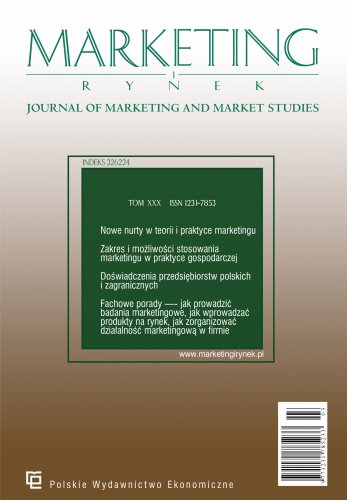The article aims to show the different impacts of the ESG Doctrine on the economies of Poland and India. It also aims at filling a research gap regarding the comparison of India and Poland in terms of the ESG Doctrine's impact on their economies, with analysing the accessible data and measures of the World Bank and the European Commission's documents. The choice of the countries results from the author's interest in Asian countries, especially India, and from the author's nationality, making Poland a natural choice. The main research method is the analysis of available studies on the ESG Doctrine, its origins and the planned geoeconomic impact on the global economy, especially on Poland and India. The article uses qualitative research methods: of studying literature and legal acts, of analysis and synthesis, the descriptive method, and the deductive inference. In conclusion, Polish investors perceive the ESG Doctrine as a concern – as an idea stemming from restrictive environmental politics from the European Commission side rather than a business-wise one, so they are not eager to sacrifice their profits to ESG. In the case of India, the recent regulations of SEBI regarding BRSR ESG reporting may occur unfeasible. An important finding is that the United Nations with BlackRock, through open cooperation with the European Commission, can influence the effects of implementing the ESG Doctrine worldwide. The values of the article are in the analysis, synthesis and systematics of issues related to the effects of the ESG Doctrine on the economies of Poland and India.
Celem artykułu jest omówienie zróżnicowanego wpływu doktryny ESG na gospodarki Polski i Indii. Stanowi on również częściowe wypełnienie luki badawczej w zakresie porównań Indii i Polski w kategoriach wpływu doktryny ESG na gospodarki tych państw, wraz z analizą dostępnych danych oraz wskaźników Banku Światowego oraz dokumentów Komisji Europejskiej. Wybór tych państw wynika z jednej strony z zainteresowań autora krajami azjatyckimi, zwłaszcza Indiami, z drugiej zaś z jego narodowości, zgodnie z którą Polska stanowi naturalny wybór. Główną metodą badawczą jest analiza dostępnych opracowań dotyczących doktryny ESG, jej genezy oraz planowanego wpływu geoekonomicznego na gospodarkę światową, zwłaszcza Polski i Indii. W artykule wykorzystano jakościowe metody badawcze: metodę badania literatury i aktów prawnych, metodę analizy i syntezy, metodę opisową oraz wnioskowanie dedukcyjne. Z podsumowania wynika, że polscy inwestorzy postrzegają doktrynę ESG jako problem – jako ideę wynikającą z restrykcyjnej polityki środowiskowej Komisji Europejskiej, a nie z racji biznesowych, dlatego nie są oni skłonni do poświęcania swoich zysków na rzecz ESG. W przypadku Indii najnowsze regulacje SEBI dotyczące raportowania BRSR ESG mogą się okazać niewykonalne. Ważnym wnioskiem jest obserwacja, że ONZ wraz z Black- Rock, poprzez otwartą współpracę z Komisją Europejską, może wpływać na efekty wdrażania doktryny ESG na całym świecie. Atutami artykułu są analiza, synteza i systematyka zagadnień związanych z wpływem doktryny ESG na gospodarki Polski i Indii.
Keywords: ESG; PRI; BlackRock; NAPCC; India; BRSR; SEBI; CoP26; greenwashing; Tripple Bottom Line

